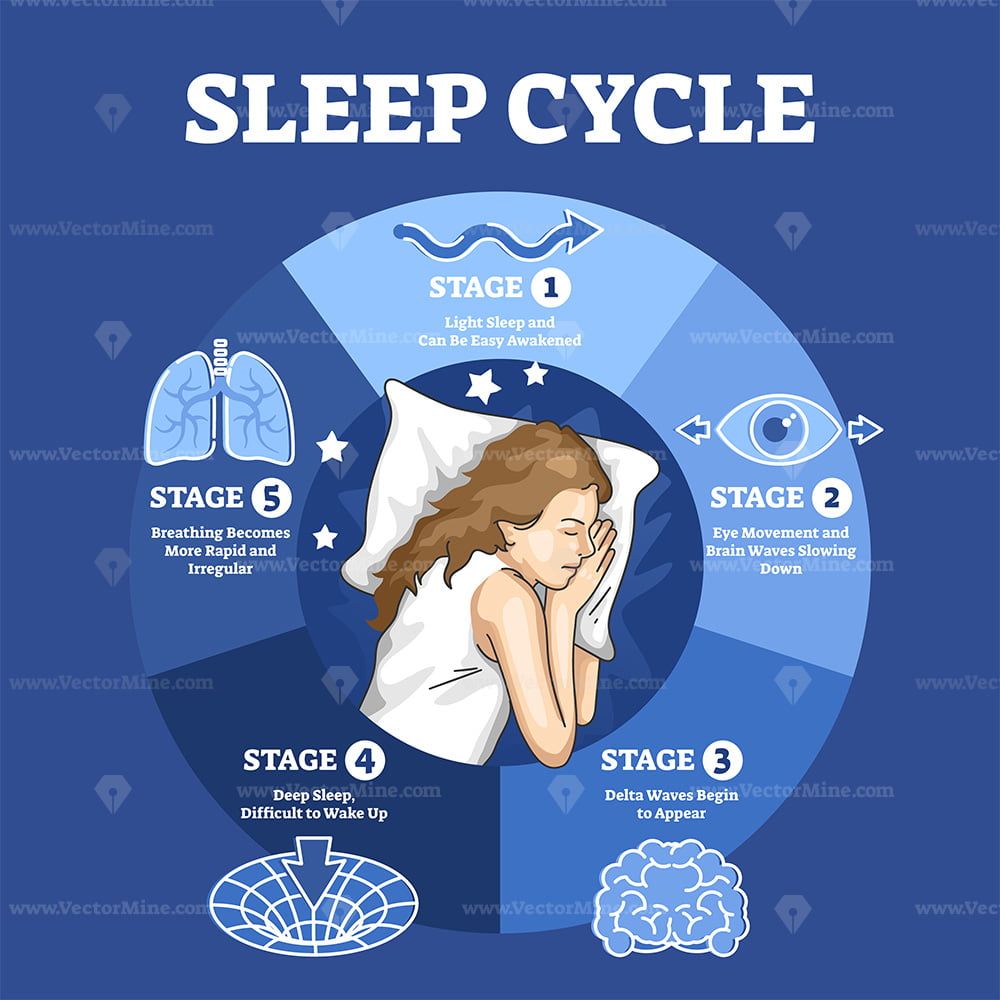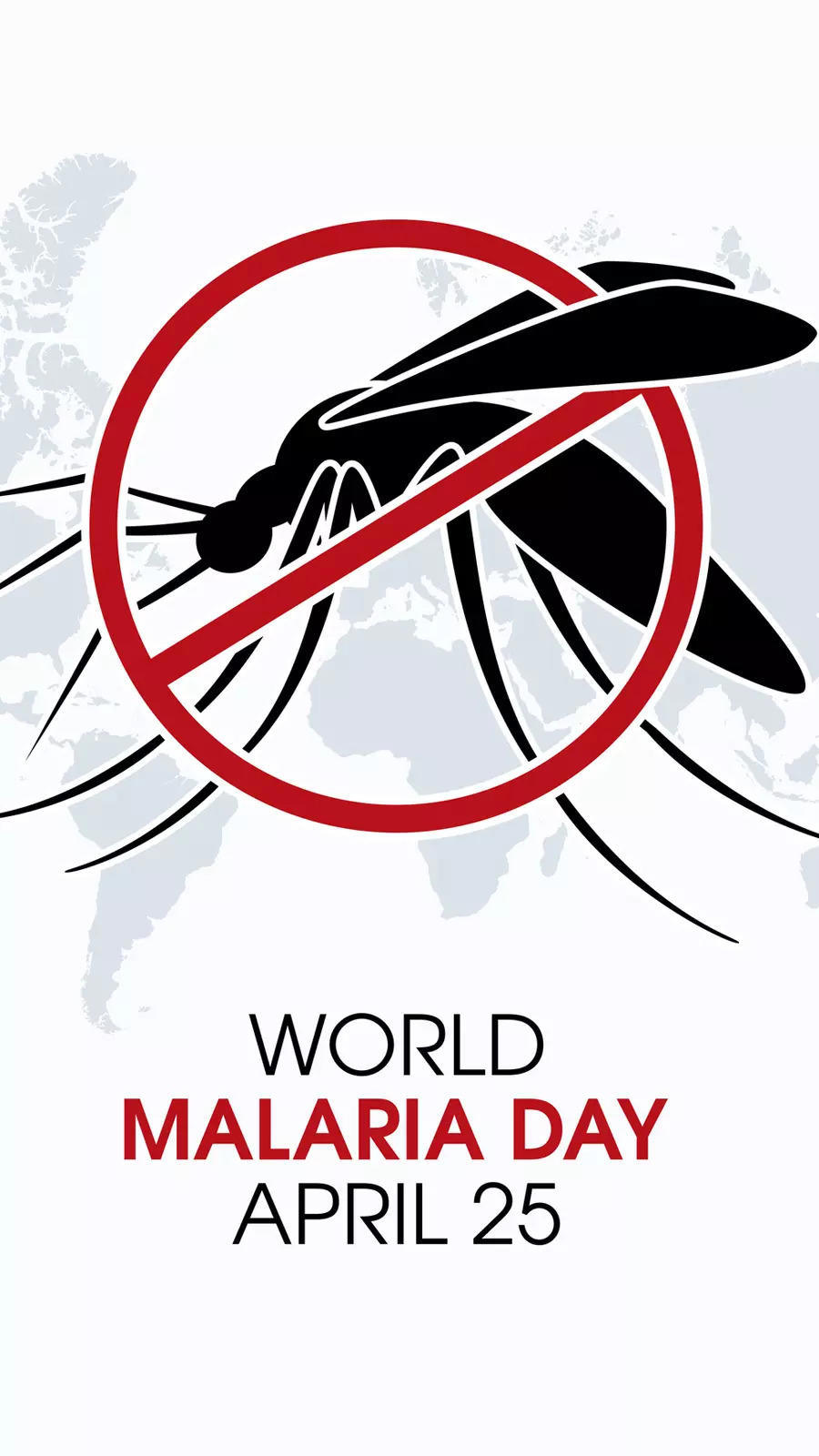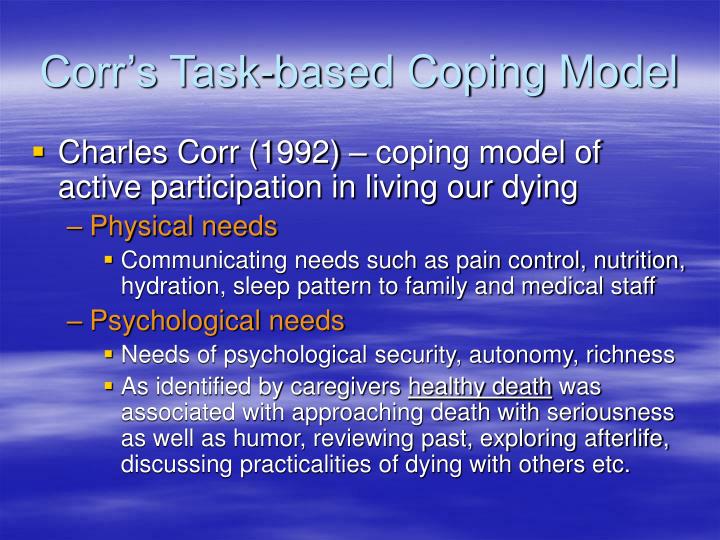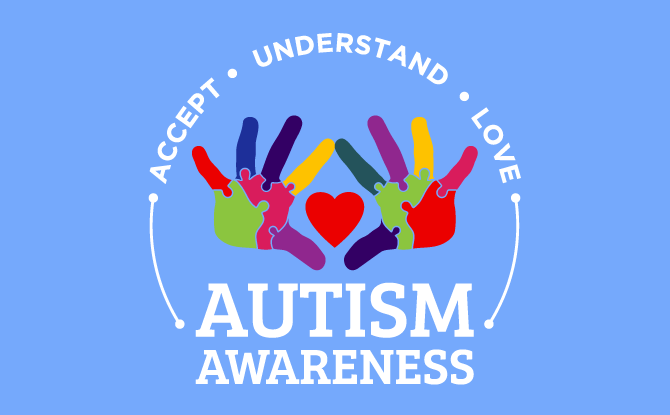


An earthquake with a magnitude of 4.0 struck Delhi early this morning, shaking residents awake and causing widespread fear and uncertainty. While some may brush off the eerie phenomenon of being woken up just before the quake, there may be some truth to humans having the ability to detect seismic activity. According to experts, our brains are subconsciously attuned to environmental changes, making us more likely to wake up or experience sleep disturbances before an earthquake strikes. Furthermore, earthquakes can have long-lasting effects on our sleep patterns, leading to chronic sleep disturbances and potential mental health issues such as anxiety and depression.
Background
On January 6, 2023, a 4.0 magnitude earthquake struck Delhi at 5:45 AM, jolting residents from slumber and fueling concerns about seismic activity in the region. While earthquakes are relatively common in the Delhi region, this event struck closer to the city center than has been typical in recent years.
Human Sensitivity to Seismic Activity
Experts suggest that humans may have an innate ability to detect seismic activity subconsciously. Our brains are continuously monitoring environmental changes, and may alert us to potential threats before they fully manifest. This could explain why some people report waking up or experiencing sleep disturbances just before an earthquake.
Impact on Sleep Patterns
Earthquakes can have profound effects on our sleep patterns. The immediate impact may include disrupted sleep, nightmares, or difficulty falling back asleep after the event. In the long run, chronic sleep disturbances may persist, potentially leading to anxiety, depression, and other mental health issues.
FAQs
1. Can humans really sense earthquakes before they happen?
While there is no definitive answer, some experts believe that humans may have a subconscious ability to detect seismic activity before it occurs.
2. What should I do if I sense an earthquake?
If you believe an earthquake is imminent, seek shelter under a sturdy table or desk, away from windows, heavy objects, or overhead structures.
3. What are the potential long-term effects of an earthquake on sleep?
Earthquakes can cause chronic sleep disturbances, leading to anxiety, depression, and other mental health issues.
4. Has there been a major earthquake in Delhi in recent history?
The last major earthquake in Delhi occurred in 1991, measuring 5.8 in magnitude. It caused significant damage to buildings and infrastructure.
5. Is Delhi at risk for future earthquakes?
Delhi is located in a seismic zone and is prone to earthquakes. The frequency and magnitude of future events cannot be predicted with certainty, but residents should be prepared for the possibility of future seismic activity.
Conclusion
The recent Delhi earthquake serves as a reminder of the potential hazards posed by seismic activity in the region. While humans may have a limited ability to detect earthquakes before they happen, it is important to be prepared and take appropriate precautions to minimize risk. By understanding the potential effects of earthquakes on sleep and mental health, we can better care for ourselves and our loved ones in the event of future seismic events.

With World Malaria Day approaching, it is important to understand the severity of this disease and the steps one can take for a speedy recovery. This year's theme, "Malaria Ends With Us: Reinvest, Reimagine, Reignite," aims to re-energize efforts towards eliminating malaria. From getting enough rest to staying hydrated and following proper nutrition, these tips can help in the treatment of malaria. Adhering to prescribed medication and seeking follow-ups with healthcare providers are also crucial for a full recovery.

A diverse group of individuals, including a genius with the world's highest IQ, a psychic with a museum in Tel Aviv, a skeptic Italian physicist, a researcher of the transition between life and death, and a biologist and writer, share their unique perspectives on the enduring mystery of what happens after we die. While some believe in an afterlife and the possibility of reuniting with loved ones in a different dimension, others dismiss such notions as fear-driven or scientifically implausible. Despite the conflicting viewpoints, the curiosity and debate surrounding this timeless topic continue.

As the world celebrates Earth Day, environmentalists are emphasising the need to shift towards renewable energy, particularly solar energy, to combat the ongoing climate crisis. With the theme 'Our Power, Our Planet', the focus is on raising awareness about the adoption of natural resources. Renewable energy is crucial for safeguarding natural resources and local communities, and experts are calling for the rapid transition to clean, sustainable sources like solar and biomass. The state of Telangana has abundant sunlight making solar energy a viable option, and it is essential for the government to introduce innovative initiatives to promote its adoption across all sectors. By embracing renewable energy, we can contribute to a greener tomorrow for our planet.

Professor Ning Zeng of the University of Maryland came up with the idea of burying dead trees instead of burning them to prevent carbon emissions into the atmosphere. Inspired by the durability of ancient wood found in archaeology, Zeng enlisted the help of a farmer in Maryland to bury 100 tons of unused and damaged trees on his property. However, Zeng faces a roadblock from government permits as burying wood is classified as a landfill and requires time-consuming approvals.

Researchers from the University of Helsinki and the Finnish Geospatial Institute have set up a long-term experiment using laser scanning technology to track the growth and phenology of individual trees. The study, the first of its kind, found that species richness, competitive pressure for light, and water availability all play a role in the timing of spring leaf burst and fall leaf senescence. This experiment provides a better understanding of how local factors impact tree growth and phenology, and the results have been published as open data for further research.

At the Beijing International Youth Innovation and Development Forum, experts emphasized the crucial role of young talent in shaping the future of innovation, particularly in rapidly evolving global scientific frontiers. They stressed on the need to trust, guide, and support young innovators in order to strengthen their skills, with Beijing itself fostering an inclusive talent ecosystem. The importance of cross-disciplinary collaboration in addressing global challenges such as climate change and energy security was also highlighted, with emerging technologies like quantum computing and renewable energy being crucial catalysts for progress in this regard.

World Liver Day, observed on April 19, was established in 2010 to raise global awareness about liver health and diseases. With the liver being the second largest organ and playing a crucial role in various bodily functions, the day brings attention to preventive measures and early screening. Additionally, it advocates for eliminating stigma and improving access to treatment for those affected by liver conditions.

On World Health Day, Dr. Swaramya Chandrasekaran, a gynaecologist at Rela Hospital Chennai, reflects on the progress and challenges in maternal and newborn health in India. She highlights the country's commendable decline in neonatal deaths and the success of flagship schemes such as Janani Suraksha Yojana and Janani Shishu Suraksha Karyakram. However, she also acknowledges the need for consistent quality of care, especially in rural areas, and calls for strengthening community awareness, upgrading infrastructure, and supporting maternal mental health. The adoption of global frameworks and the commitment to no mother or child being left behind further emphasize India's efforts towards a resilient future.

Recent events have sparked conversations among leading geophysicists about the risk of earthquakes in Vietnam, despite the country not being situated on major tectonic belts. Although the likelihood of catastrophic earthquakes is low, Vietnam still faces the potential for significant seismic activity, particularly in the northwest region. With the presence of multiple geological fault lines, some capable of producing earthquakes with magnitudes up to seven, experts urge for seismic hazard assessments and preparedness measures to mitigate potential damage.

On April 2, the world recognizes World Autism Awareness Day, bringing attention to the challenges faced by individuals with autism. The term "autism" was first introduced in 1911 and has been further defined and understood since then. As a wide range of developmental disorders, each diagnosis is unique, making it important to understand and support those on the spectrum. This day aims to raise awareness and promote understanding and support for individuals and their families.